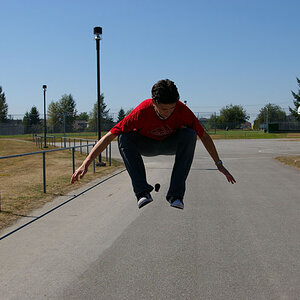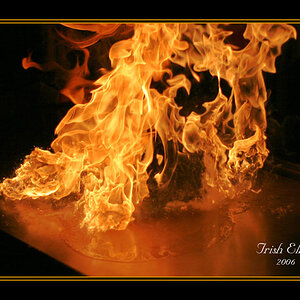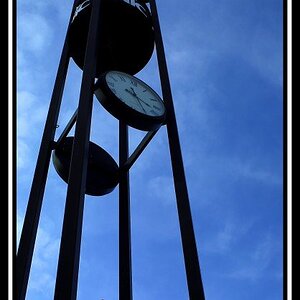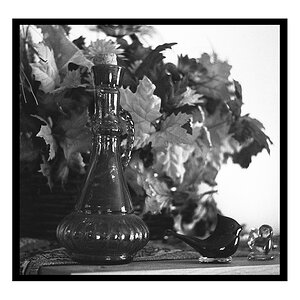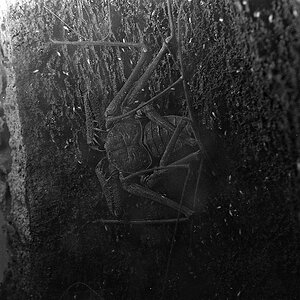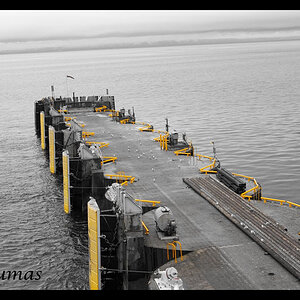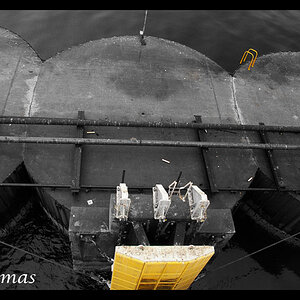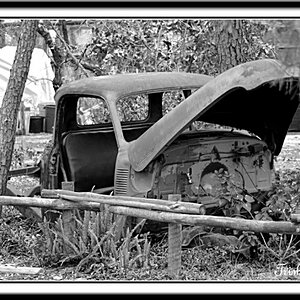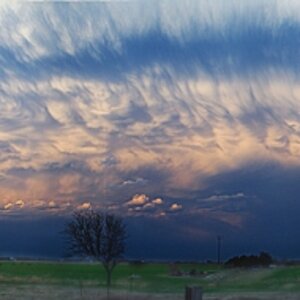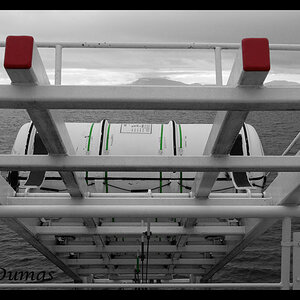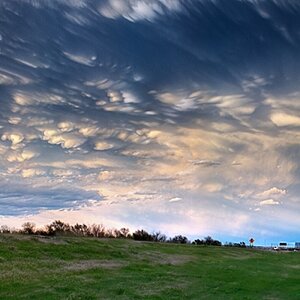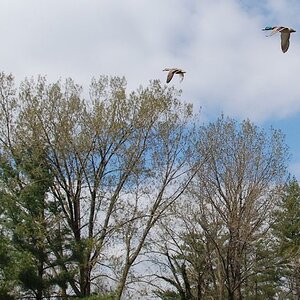laylooo
TPF Noob!
- Joined
- Feb 12, 2008
- Messages
- 6
- Reaction score
- 0
- Location
- Atlanta, GA
- Can others edit my Photos
- Photos OK to edit
of taking pictures such as the ones taken by Rachel Fellig on this thread?
http://www.thephotoforum.com/forum/showthread.php?t=111612
I just received the D40 as a birthday present (so I'm a complete beginner), and I'm really wanting to take pictures like those!
http://www.thephotoforum.com/forum/showthread.php?t=111612
I just received the D40 as a birthday present (so I'm a complete beginner), and I'm really wanting to take pictures like those!


